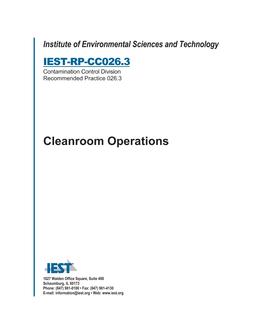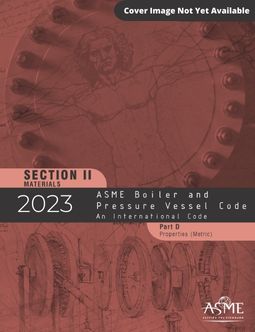API Publ 1149
$82.00
Pipeline Variable Uncertainties and Their Effects on Leak Detectability
standard by American Petroleum Institute, 11/01/1993
Description
This study quantifies the effects of variables on leak detection using common software-based leak detection methods. This study provides a data base and a step-by-step methodology to evaluate leak detection potential of a given pipeline with specified instrumentation and SCADA capabilities. Incremental improvement of leak detectability resulting from upgrading individual variables can also be determined.
The utility of the results from this study is to enable users (i.e. pipeline companies) to determine the achievable level of leak detection for a specific pipelne with a specified set of instrumentation and SCADA system. The results also help users to understand the sensitivity of leak detectability with respect to the variables involved. This information is useful in several ways: investigating the feasibility of leak detection systems, justifying and prioritizing changes to instrumentation and SCADA systems, configuring pipeline and measurement stations, and aiding leak detection operations.
Three general types of software-based leak detection methods are addressed in tihs study: (1) mass balance, (2) mass balance with lineful correction, and (3) transient flow analysis. The leak detection potential of these methods are disussed based on hydraulics to the extent possible. Th eliquids considered are crude oils and refined petroleum products such as gasoline, jet fuel, and fuel oil.
The pipeline configuration considered is a pipe segment with pressure temperature, and volumetric flow meausrements at each end. During steady-state flow, this configuration applies to pipelines with booster pumping stations where rates of flow are measured only at the inlet and the outlet of the entire system. All variables are ranked accoriding to their importance to leak detectability. A step-by-step mehod and a data base are established to enable simple hand calculations for establishing leak detectability based on mass balance. The method and the data base are verified with field data. The rationale and the procedure to establish leak detectability using mass balance with line pack correction and transient flow simulations are given and illustrated with examples and field trial results.
Product Details
- Edition:
- 1st
- Published:
- 11/01/1993
- Number of Pages:
- 118
- File Size:
- 1 file , 5.8 MB
- Product Code(s):
- D11491, D11491, D11491
- Note:
- This product is unavailable in Russia, Cuba, Syria, North Korea, Ukraine, Belarus, Iran



